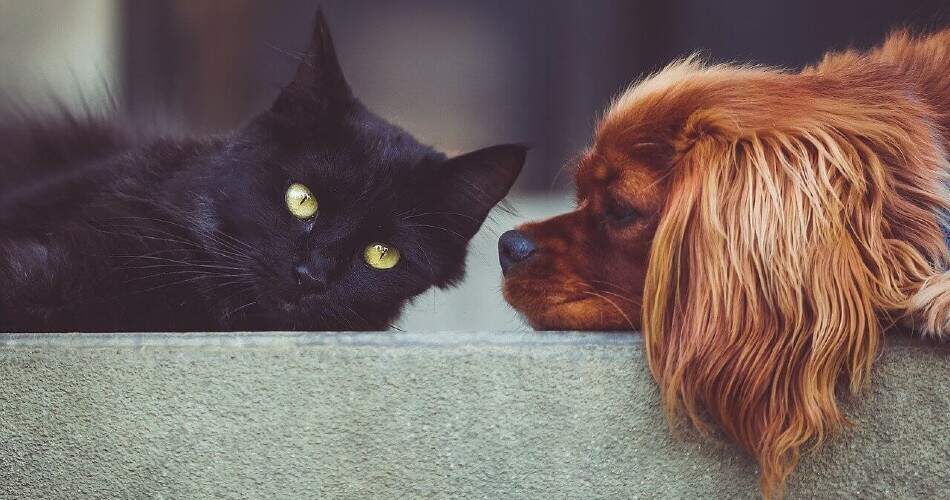Estimated reading time: 2 minutes
It is no secret that the British are pet lovers.
Britain was the first country in the world to start supporting animal welfare as early as 1824. Today, millions of pets have a place in British homes and almost one in two households has a furry friend.
Humans have interacted with animals for thousands of years, but pet care did not become socially acceptable in Britain until the 18th century. Until then, pets were often seen as an extravagance, and small dogs frequently appeared in satirical illustrations of aristocratic ladies, symbolizing frivolity.
In the late 18th and early 19th centuries, paintings and illustrations began to portray pets as an accepted part of domestic life.
Changes in living conditions in the early 20th century also changed the way people kept pets. The construction of new suburban houses with larger gardens in the interwar period created a new, more spacious environment for animals. A growing urban population has been encouraged to take pets that can live exclusively indoors.
After World War II, veterinary services increased, as did food and toy companies.
After a decline between 2015 – 2016, pet ownership is rising again in the UK, with 44% of the population owning a pet between 2016 – 2017 and 45% in 2018. The most popular pets appear to have remained the same throughout the years, with dogs and cats constantly occupying the first two places. This does not mean that fish, rabbits, and other small animals (such as birds and guinea pigs) are not favorites for some families.
In London, 61% of pet owners have a cat. Being naturally more independent and requiring less exercise than dogs, Londoners prefer cats.
Dogs are also much larger than cats and need more indoors and outdoors space. Cats can live happily even with less space than dogs, they are much more adapted to urban life.
If you want to find out about the afternoon tea, check out our article on this topic: What is afternoon tea?
[Photo from Pixabay]
